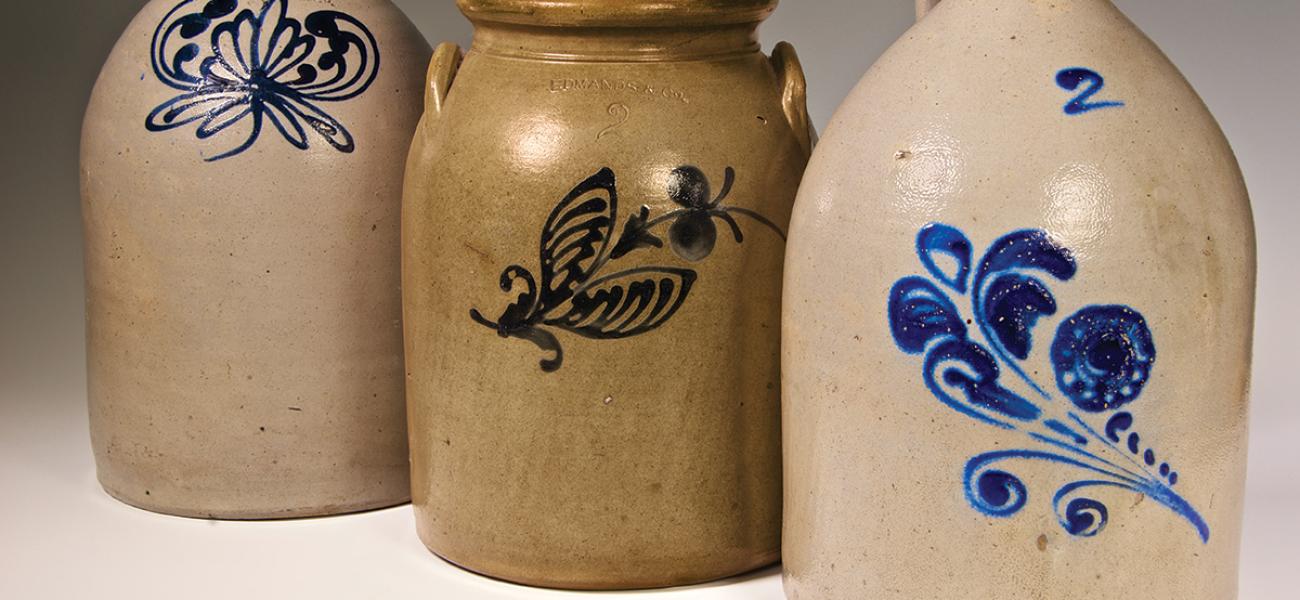Stuff. My mother is gone, my father before her, and what we are left with is stuff.
Lots of stuff. And it all must be dealt with.
Material things, philosophers and religious leaders tell us, are of lesser importance than the immaterial. “Do not lay up for yourselves treasures on earth,” Matthew urged his early Christian followers. “It is preoccupation with possessions, more than anything else, that prevents us from living freely and nobly,” Thoreau wrote. Who would disagree? Yes, of course, love and happiness and character are what matter. “You can’t take it with you,” is oft repeated in conversation when referring to other people’s acquisitions. And yet, the majority of us leave behind a raft of stuff, most of it quite ordinary.
With my mother gone, what we are left with, my siblings and I, like so many other adult children of deceased parents, are the objects and furnishings that they accumulated and in some cases made, over the years. They are gone, but their objects, the material goods in their lives, remain. I am perplexed, confused, troubled when I am confronted with the realization that the pots and pans and blankets and books and furniture and photos are all still here while our mother, a woman of passion and furies and dreams, is not. I am forcefully reminded that the inanimate outlasts the animate.
It’s hard work to decide what to dispose of, what to keep, and who keeps what. My siblings and I have made spreadsheets. We have sent e-mails and texts to one another. We’ve walked from room to room taking notes. It’s a small house, 1,300 square feet, but the task still seems overwhelming.
Of course, what I choose for myself is pottery: four jugs, a jar, and a small tureen, all nineteenth-century. Two of the jugs are small, one squat, with broad shoulders, in excellent condition; the other taller, narrow, swelling ever so slightly from the base, with a look-at-me, hands-on-the-hips jaunty handle. Both are glazed in an Albany Slip–type glaze, so favored by early American potters. The taller jug is dark and glossy, almost black, likely fired in a hot spot near the flame. The squat one is a rich brown. I also brought home two two-gallon jugs and a two-gallon jar. All three were salt-glazed and decorated with rich blue cobalt slip-trailed floral designs. Lastly, there is the small sauce tureen with ladle from my mother’s fairly large collection of flow-blue china.


